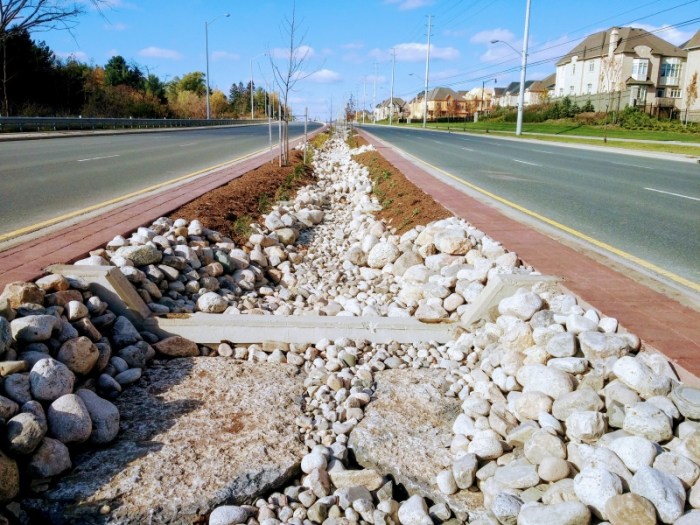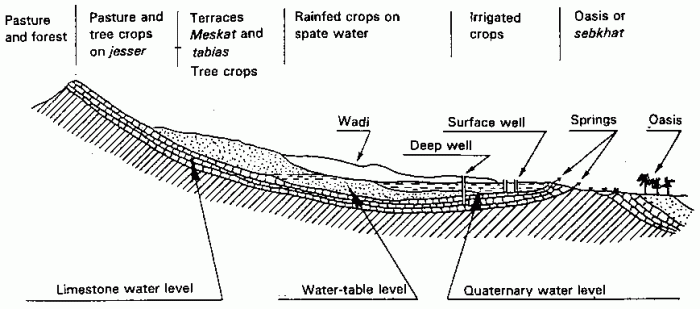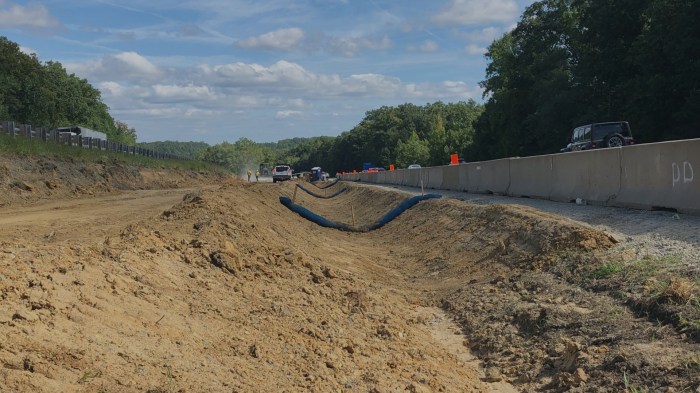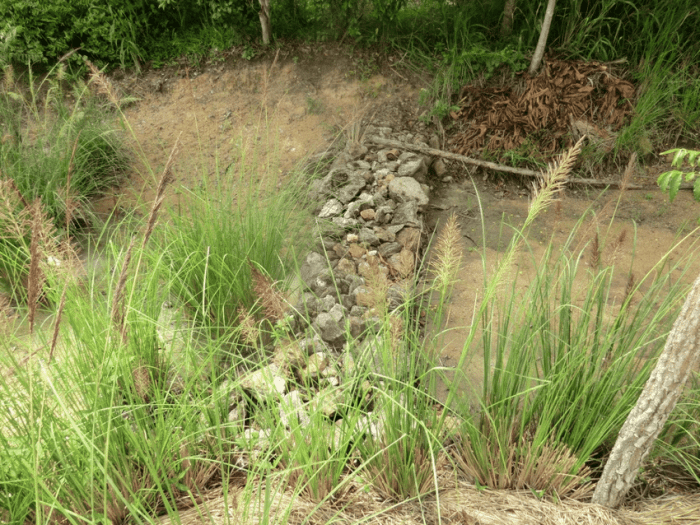Grass : erosion :: dam : flood. This equation underscores the crucial role of grass in preventing erosion and the potential consequences of dam construction on erosion. As we delve into this topic, we’ll explore the effectiveness of grass compared to dams in erosion control, the design features of dams that help prevent erosion, and the comparative analysis of these two erosion control methods.
From the vast grasslands that blanket our planet to the mighty dams that tame our rivers, the interplay between nature and human intervention in erosion control is a fascinating and complex subject. Join us as we unravel the intricate relationship between grass, erosion, and dams.
Erosion Control Mechanisms

Erosion is the process of wearing away of the Earth’s surface by water, wind, or other natural forces. Grass plays a vital role in preventing erosion by protecting the soil from the impact of raindrops and runoff water, reducing the speed of runoff, and promoting infiltration.
Grass cover is a cost-effective and environmentally friendly erosion control method compared to other methods like retaining walls or riprap.
Just as grass helps prevent erosion and dams control water flow, food can also provide comfort and nourishment in certain situations. Like a tray of food often served in bed can bring a touch of warmth and care to those who are unwell or simply in need of a pick-me-up.
Similarly, grass and dams play crucial roles in maintaining the balance and well-being of our environment.
Effectiveness of Grass Cover
Grass cover is effective in reducing soil erosion by:
- Reducing the impact of raindrops:The dense canopy of grass intercepts raindrops, reducing their energy and preventing them from directly hitting the soil. This reduces soil detachment and splash erosion.
- Slowing down runoff water:Grass cover increases the roughness of the soil surface, which slows down the flow of runoff water. Slower runoff gives water more time to infiltrate the soil, reducing erosion.
- Promoting infiltration:Grass roots create channels in the soil that allow water to infiltrate more easily. Increased infiltration reduces runoff and erosion.
Dam Construction and Erosion
Dam construction, while providing numerous benefits, can also lead to erosion. Erosion occurs when the natural flow of water is altered or obstructed, causing the water to exert excessive force on the surrounding land. This can result in the degradation of soil and vegetation, leading to environmental degradation.
Erosion caused by dams can manifest in various forms. One common issue is reservoir sedimentation, where sediment accumulates behind the dam, reducing its storage capacity and potentially leading to flooding. Another form of erosion is channel erosion, which occurs downstream of the dam due to the altered flow patterns.
The release of water from the dam can scour the riverbed, eroding banks and damaging aquatic habitats.
Mitigation Measures
To mitigate erosion caused by dams, several measures can be implemented. One approach is to design dams with spillways that release water in a controlled manner, minimizing the erosive force downstream. Additionally, erosion-resistant materials can be used in dam construction, such as riprap or concrete, to protect the dam and surrounding areas from erosion.
Another important measure is sediment management. Dams can be equipped with sediment traps or bypass channels to capture and divert sediment before it reaches the reservoir. This helps to reduce reservoir sedimentation and maintain the dam’s storage capacity. By implementing these mitigation measures, the adverse effects of erosion caused by dams can be minimized, ensuring the long-term sustainability of these structures.
Grass as a Natural Erosion Barrier

Grass is a vital natural erosion barrier due to its exceptional properties. Its dense root system and ability to absorb and dissipate rainfall make it highly effective in preventing soil erosion.
Root System
The root system of grass plays a crucial role in erosion control. The extensive network of fibrous roots binds the soil together, creating a cohesive matrix that resists the erosive forces of wind and water. The deep penetration of these roots also helps anchor the soil in place, further enhancing its stability.
Rainfall Absorption and Dissipation
Grass cover acts as a natural sponge, absorbing rainfall and slowing its flow across the soil surface. This absorption reduces the volume and velocity of runoff, which are key factors in soil erosion. Additionally, the dense canopy of grass leaves dissipates the impact of raindrops, preventing them from directly striking the soil and dislodging particles.
Dam Structures and Erosion Prevention

Dams play a crucial role in preventing erosion by controlling water flow and sediment transport. Their design incorporates specific features that enhance erosion resistance and ensure the dam’s structural integrity.
Erosion-resistant materials are used in dam construction to withstand the erosive forces of water. These materials include concrete, reinforced concrete, and riprap (large stones or boulders placed on slopes or embankments to protect against erosion).
Dam Maintenance, Grass : erosion :: dam :
Regular maintenance of dams is essential for erosion prevention. This includes inspecting and repairing any cracks or leaks in the dam structure, as well as removing sediment that accumulates behind the dam. By addressing potential erosion hazards proactively, dam maintenance helps preserve the dam’s integrity and minimize the risk of erosion.
Comparative Analysis: Grass vs. Dams

Grass and dams are two common erosion control methods. However, they differ significantly in terms of cost, maintenance, and environmental impact.
Erosion Control Effectiveness
Grass is a natural erosion barrier that helps to hold soil in place. It is relatively inexpensive to establish and maintain, and it can be used in a variety of settings. Dams, on the other hand, are more expensive to build and maintain, and they can only be used in certain locations.
The following table compares the erosion control effectiveness of grass and dams:
| Factor | Grass | Dams |
|---|---|---|
| Cost | Low | High |
| Maintenance | Low | High |
| Environmental impact | Low | High |
| Effectiveness | Moderate | High |
As the table shows, grass is a more cost-effective and environmentally friendly erosion control method than dams. However, dams are more effective at controlling erosion in areas with high water flow.
The choice of which erosion control method to use depends on the specific site conditions and the desired level of protection.
Detailed FAQs: Grass : Erosion :: Dam :
What are the advantages of using grass for erosion control?
Grass has a dense root system that helps hold soil in place, preventing erosion. It also absorbs and dissipates rainfall, reducing runoff and further erosion.
How do dams contribute to erosion?
Dams can alter the natural flow of water, leading to increased erosion downstream. They can also trap sediment, which can starve downstream areas of vital nutrients.
What measures can be taken to mitigate erosion caused by dams?
Measures to mitigate erosion caused by dams include using erosion-resistant materials in dam construction, implementing sediment management plans, and restoring riparian vegetation downstream.